Mars gears up for its closest approach to Earth in over a decade

You’ll get another good chance in two years, and then not again until the 2030s!
“This is the plan. Get your ass to Mars, and go to the Hilton Hotel and flash the fake Brubaker I.D. at the front desk, that’s all there is to it. Just do as I tell you.” –Total Recall
Relative to the stars in the sky, planets generally move slightly towards the east from night-to-night.
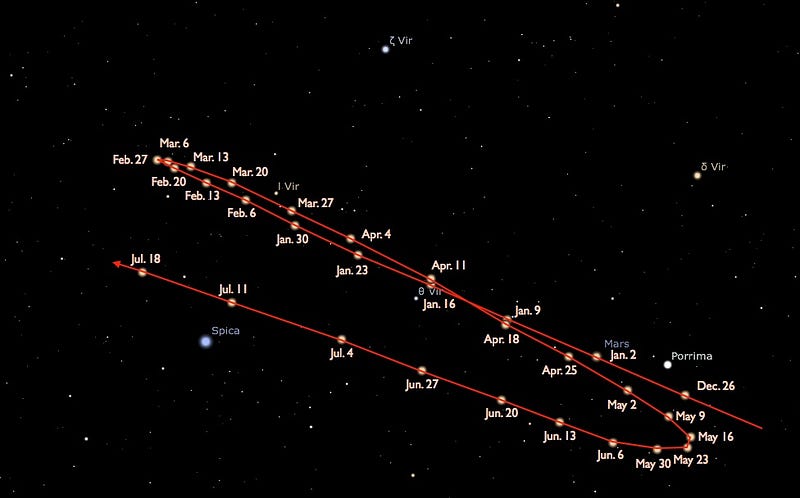
But beginning tonight, Mars will move to the west, commencing retrograde motion, which continues until June 30th.

This isn’t due to Mars changing its motion, but rather to Earth, orbiting inner to Mars, overtaking it due to Earth’s faster path around the Sun.
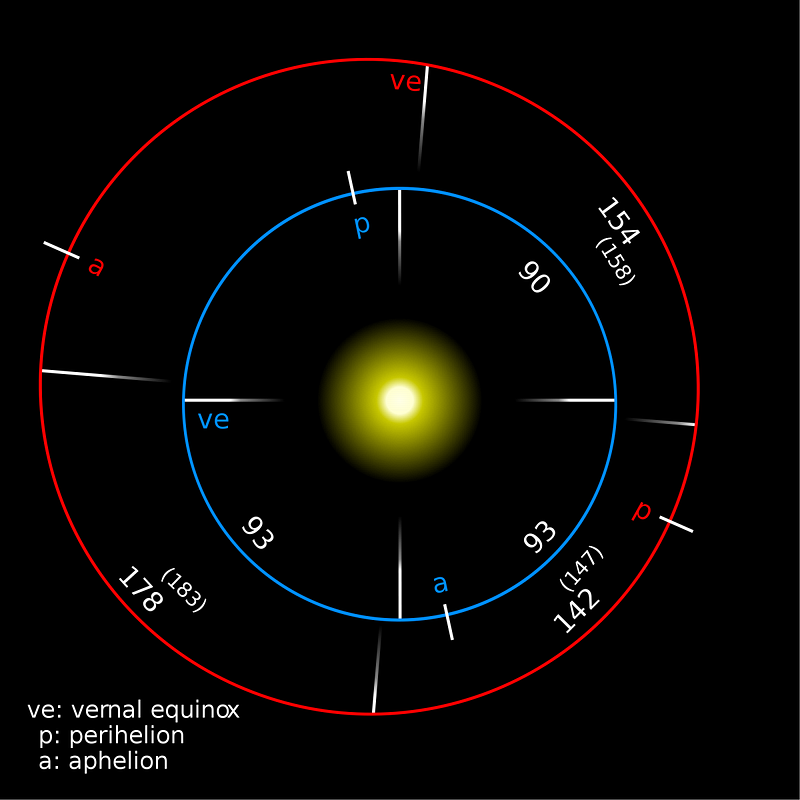
Both orbits are elliptical, and Earth is approaching aphelion, our farthest point from the Sun, while Mars approaches perihelion, its closest.
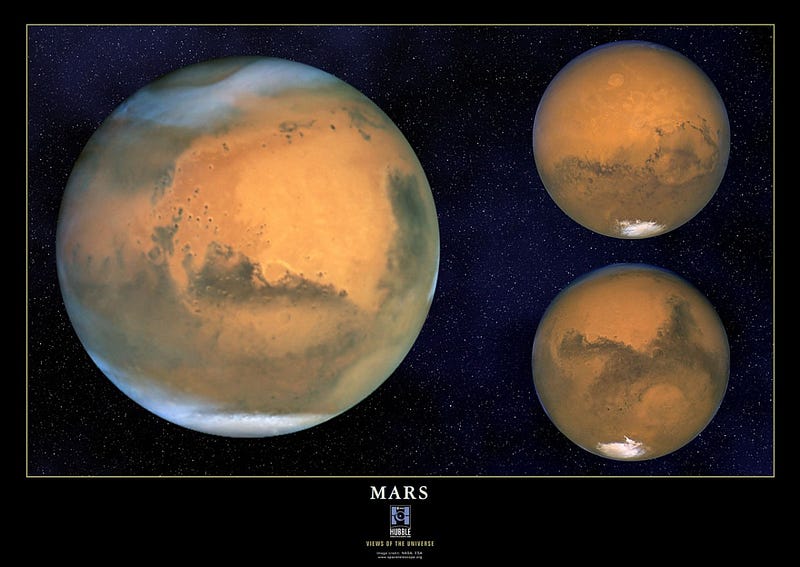
On May 30th, Mars will be only 0.51 A.U. (or 76 million km) from Earth, the closest our two worlds have been since 2005.
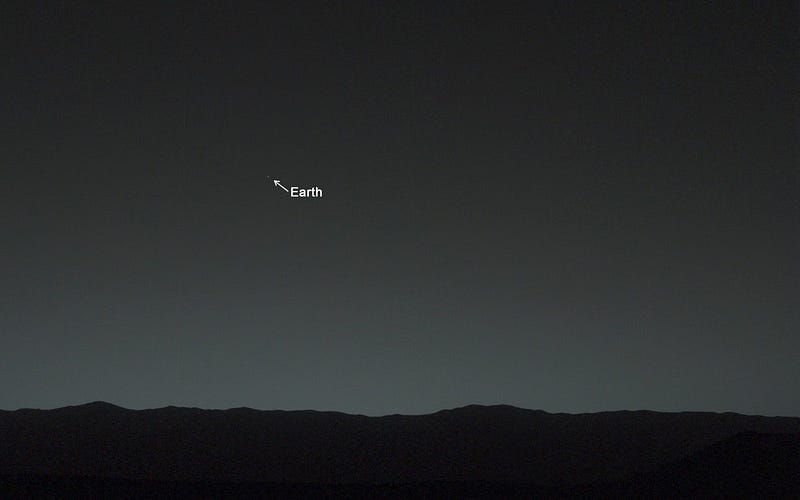
Summer approaches on both worlds: Earth’s from its axial tilt, pointing one hemisphere towards the Sun; Mars’ owing to its orbit’s ellipticity, as it receives 45% more sunlight at perihelion than aphelion.
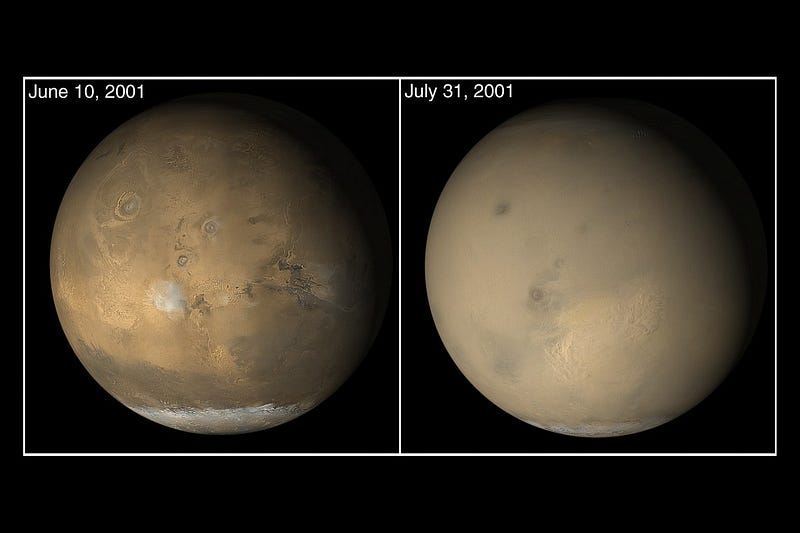
Mars rises in the southeast around midnight, providing outstanding views through a telescope.

Twice the Moon’s diameter but 200 times as distant, Mars is always point-like to human eyes.
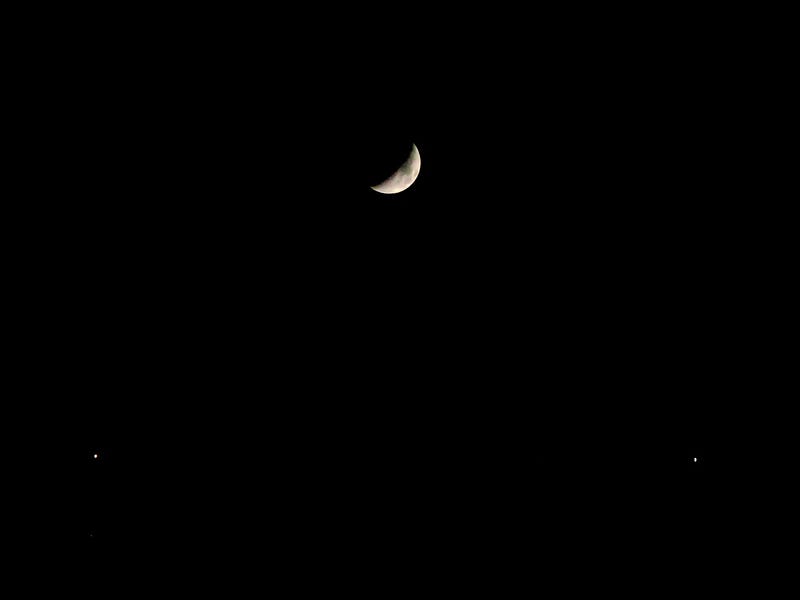
The only superior show comes in July of 2018, when Mars comes within 0.386 A.U. (58 million km) of us, appearing its largest and brightest until 2035.
Mostly Mute Monday tells the story of a single astronomical phenomenon or object primarily in visuals, with no more than 200 words of text.
This post first appeared at Forbes. Leave your comments on our forum, check out our first book: Beyond The Galaxy, and support our Patreon campaign!





